August is National Breastfeeding Month, a critical time to raise awareness and equip parents with the tools, guidance, and community support needed for a successful breastfeeding journey. Breastfeeding is more than a nutritional choice: it's a public health imperative, a deeply personal journey, and a collective societal responsibility.
This comprehensive, evidence-based guide is designed to support expectant and new parents as they prepare for, initiate, and sustain breastfeeding while navigating the complexities of modern life. Whether you're taking your first steps into parenthood or seeking to enhance your breastfeeding experience, you'll find practical strategies, expert insights, and the encouragement needed to make informed decisions that work for your family.
Understanding the Importance of National Breastfeeding Month
National Breastfeeding Month, observed each August, serves as a catalyst for:
- Promoting breastfeeding as the main feeding method for infants.
- Encouraging policy changes to protect breastfeeding rights at work and in public.
- Providing access to expert care and accurate information for parents.
- Reducing disparities in breastfeeding rates among racial and socioeconomic groups.
Specific weeks are also dedicated to focusing on equitable care:
- Black Breastfeeding Week highlights disparities and celebrates Black-led lactation initiatives.
- Indigenous Milk Medicine Week honors traditional knowledge and sovereignty.
Preparing for Breastfeeding During Pregnancy
Take a Comprehensive Prenatal Breastfeeding Course
We recommend enrolling in a prenatal breastfeeding class offered by hospitals, midwives, or local health units. These sessions typically cover:
- How milk production works
- Breastfeeding positions and latch techniques
- How to recognize baby hunger cues
- Pumping and milk storage strategies
Include Breastfeeding in Your Birth Plan
Incorporate your breastfeeding goals into your written birth plan, and ensure all involved (partner, doula, provider) are aligned. Note preferences such as:
- Immediate skin-to-skin contact
- Delayed cord clamping
- No formula supplementation unless medically necessary
Build Your Breastfeeding Support Network
Identify professionals and peers before birth:
- IBCLCs (International Board Certified Lactation Consultants)
- Breastfeeding support groups
- Postpartum doulas
- WIC peer counselors
These individuals and communities are vital to overcoming hurdles in the early days postpartum.
Key Strategies for Successful Breastfeeding
Immediate Postpartum
Initiate breastfeeding within the first hour after birth, which helps establish milk production and regulate the baby’s temperature, blood sugar, and breathing. Request rooming-in and limit visitors to allow for undisturbed bonding.
Practice Responsive Feeding
Forget rigid schedules. Feed your baby on demand, typically 8–12 times in 24 hours. Look for early cues like:
- Rooting
- Sucking motions
- Stirring or stretching
- Crying may also be a late hunger cue
Mastering Positioning and Latch
Proper positioning and a deep latch prevent pain and ensure effective milk transfer. Consider:
- Laid-back position: Great for newborns
- Football hold: Helpful after C-sections
- Side-lying: Ideal for night feedings
Managing Common Breastfeeding Challenges
Engorgement
Symptoms: Swollen, firm, painful breasts
Solutions:
- Breastfeed frequently
- Apply warm compresses before feeding
- Use cold packs after feeding
- Hand express or pump to relieve pressure
Nipple Pain and Cracking
Causes:
- Poor latch
- Incorrect positioning
Solutions:
- Adjust baby’s latch
- Apply lanolin or expressed breast milk to nipples
- Use breast shells for protection
Plugged Ducts and Mastitis
Plugged Ducts: A tender lump, no fever
Mastitis: Pain, redness, fever, flu-like symptoms
Solutions:
- Continue nursing or pumping
- Apply warm compresses and massage the area
- Rest and hydrate
- Seek antibiotics for mastitis if symptoms persist
Nipple Confusion
It is generally recommended to establish breastfeeding first and delay introducing bottles or pacifiers for the first 3–4 weeks. However, if combination feeding is necessary:
- Use paced bottle-feeding
- Choose bottles with slow-flow nipples
- Practice skin-to-skin often
If you're looking for a bottle that works great with combo feeding, consider the BuubiBottle which works to reduce nipple confusion.
Returning to Work or School:
Create a Pumping Schedule
Establish a pumping routine that mimics your baby’s feeding frequency. Store milk using the CDC guidelines:
- Room temperature: up to 4 hours
- Refrigerator: up to 4 days
- Freezer: up to 6–12 months
Use labeled milk storage bags and ensure your baby’s caregivers understand thawing and feeding protocols.
Breastfeeding is deeply personal and powerful. For continued guidance, we recommend consulting with a certified lactation consultant (IBCLC) and staying connected with trusted breastfeeding advocacy organizations.
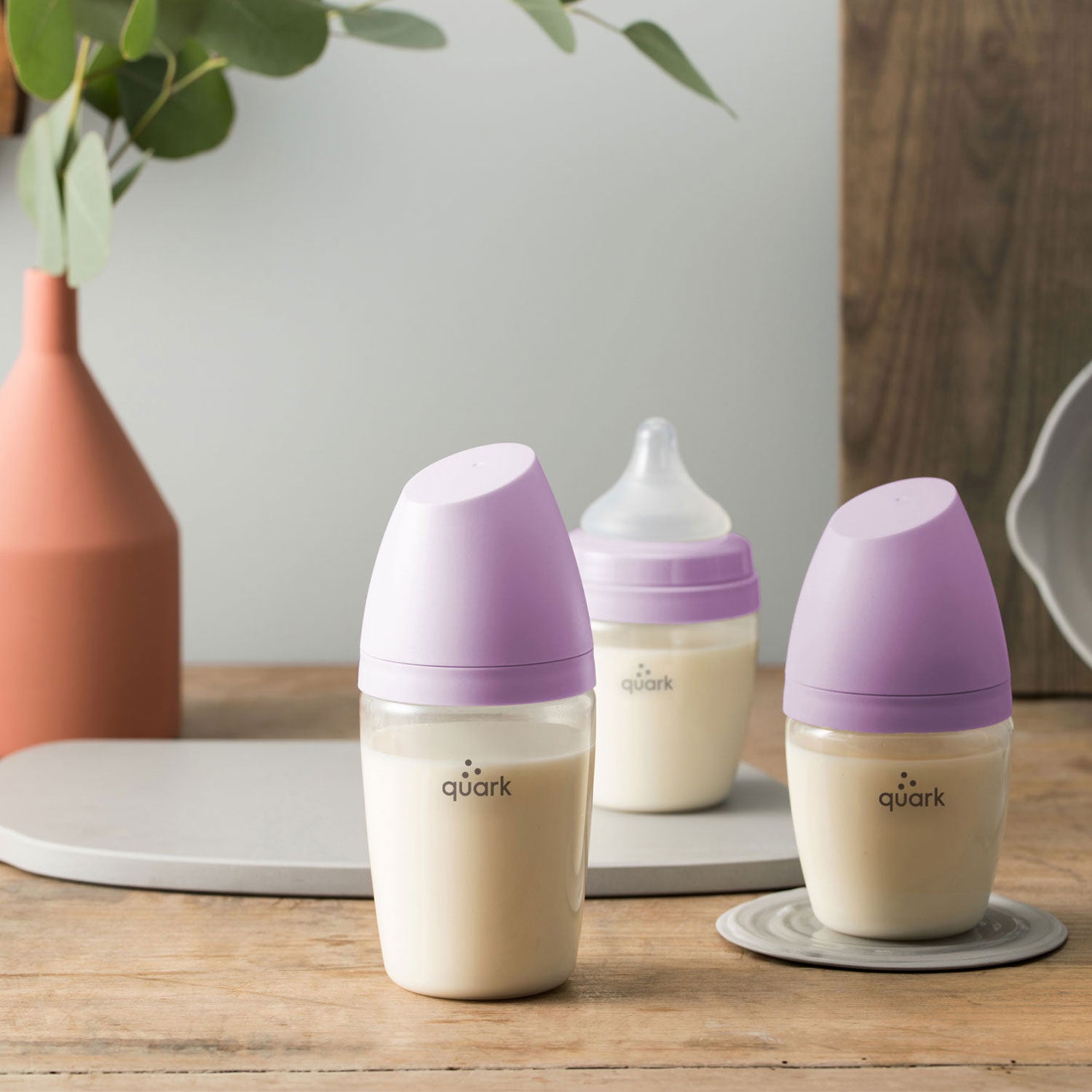




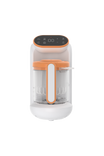
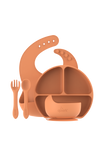
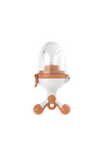
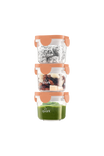

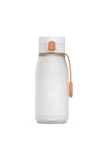
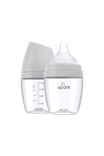
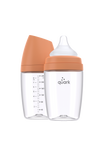
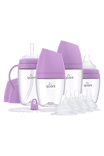
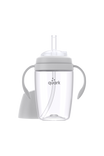
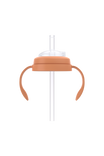
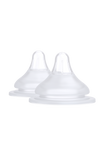
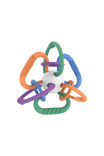




Leave a comment
All comments are moderated before being published.
This site is protected by hCaptcha and the hCaptcha Privacy Policy and Terms of Service apply.